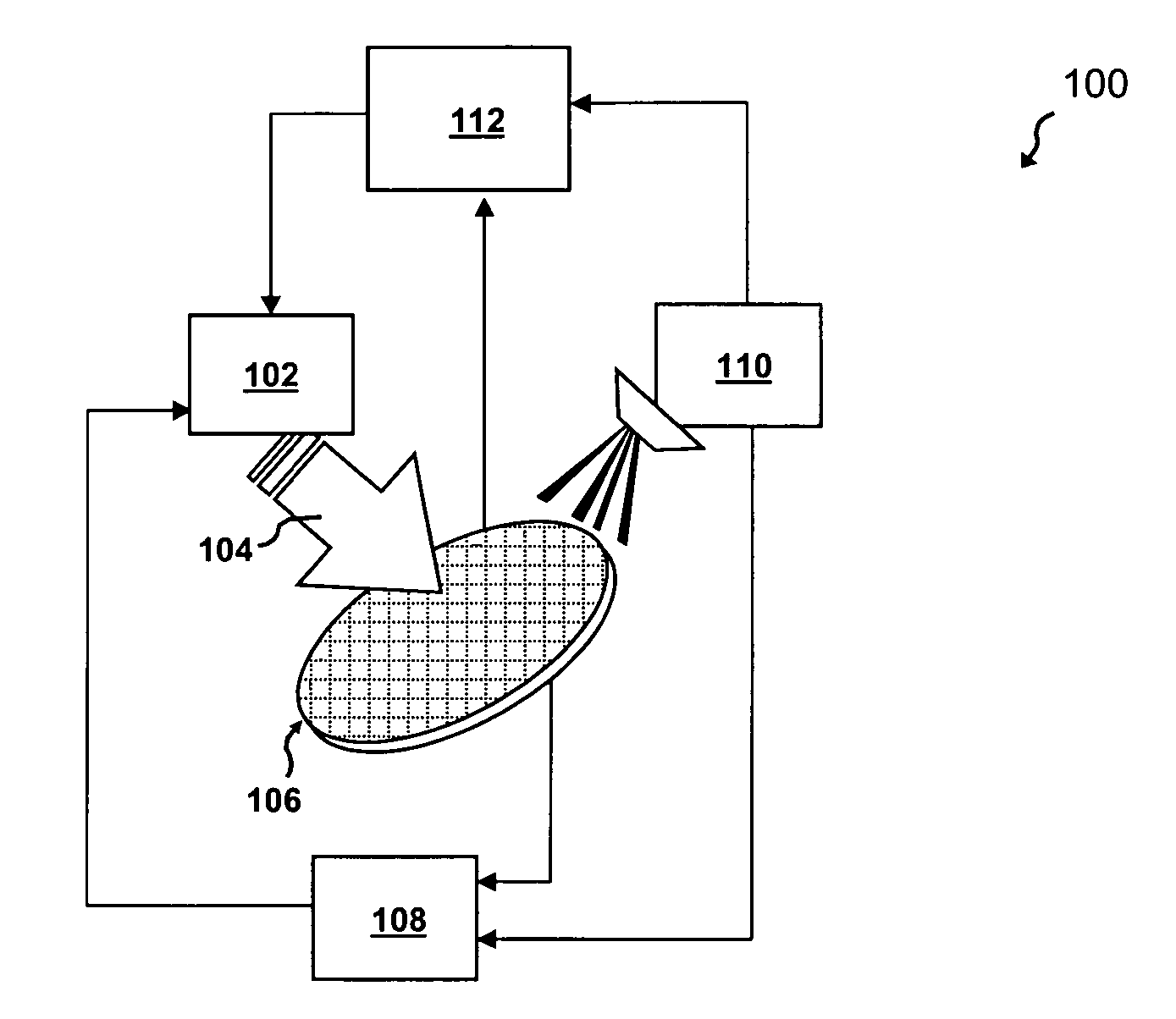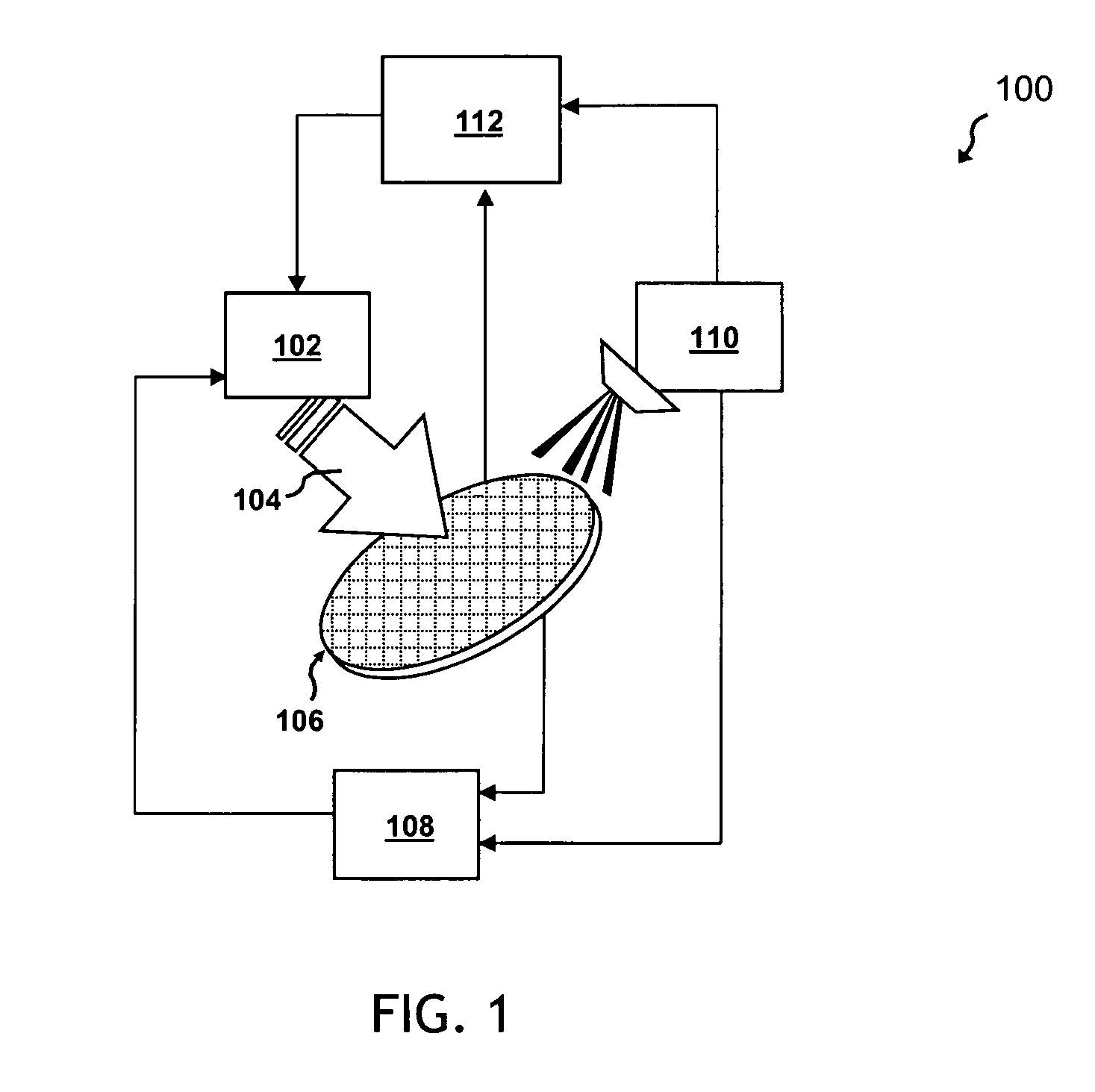Fuzzy logic system for process control in chemical mechanical polishing
a technology of fuzzy logic and chemical mechanical polishing, which is applied in the direction of adaptive control, lapping machines, instruments, etc., can solve the problems of affecting the process yield, the circuit generates numerous challenges to the semiconductor manufacturing process, and the copper is very difficult to etch in the majority of the semiconductor process flow, so as to achieve easy, efficient and cost-effective
- Summary
- Abstract
- Description
- Claims
- Application Information
AI Technical Summary
Benefits of technology
Problems solved by technology
Method used
Image
Examples
Embodiment Construction
[0017]While the making and using of various embodiments of the present invention are discussed in detail below, it should be appreciated that the present invention provides many applicable inventive concepts, which can be embodied in a wide variety of specific contexts. The present invention is hereafter illustratively described in conjunction with the operation and control of chemical-mechanical planarization or polishing (CMP) within a semiconductor manufacturing process. Although described in relation to such apparatus and methods, the teachings and embodiments of the present invention may be beneficially implemented with a variety of manufacturing and automated polishing applications. The specific embodiments discussed herein are, therefore, merely demonstrative of specific ways to make and use the invention, and do not limit the scope of the invention.
[0018]The present invention provides a versatile system for controlling the post-processing topology of a semiconductor wafer in...
PUM
 Login to View More
Login to View More Abstract
Description
Claims
Application Information
 Login to View More
Login to View More - R&D
- Intellectual Property
- Life Sciences
- Materials
- Tech Scout
- Unparalleled Data Quality
- Higher Quality Content
- 60% Fewer Hallucinations
Browse by: Latest US Patents, China's latest patents, Technical Efficacy Thesaurus, Application Domain, Technology Topic, Popular Technical Reports.
© 2025 PatSnap. All rights reserved.Legal|Privacy policy|Modern Slavery Act Transparency Statement|Sitemap|About US| Contact US: help@patsnap.com



